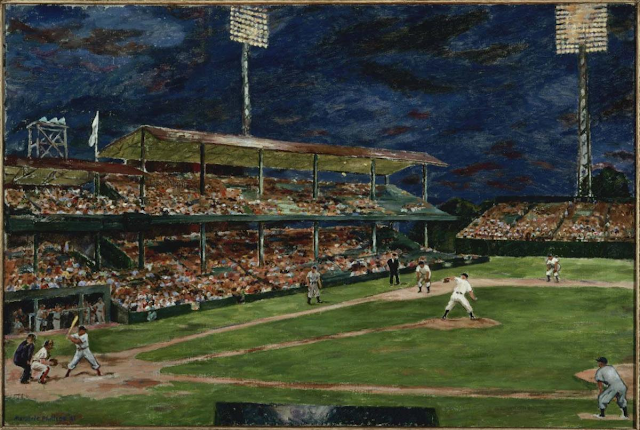Judith Lester, "A Game of Cards"

This week we are dipping way back to the 17th century for what is considered a genre painting. Card playing must have been a favorite pastime in Europe for generations as many artists tackled the subject, all the way up to Cezanne, and maybe later. Our artist today is Judith Lester, (1609-1660). Her work is often mistaken for Frans Hal, a man with whom she studied and worked beside. Although it is impossible to know for sure, most references accredit them as simply artists of a like mind, and that Lester seems to have achieved her successes on her own merits. She did become a member of the artists guild of the day, which was a considerable achievement. In this case, "genre" painting refers to painting of the everyday, or images of people going about their everyday life, and almost always it is not the upper class, but the middle class or poor. This painting shows what appears to be three men and one woman. The man on our right is joyfully showing


